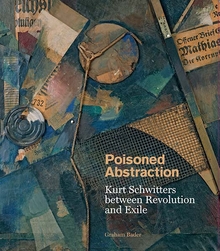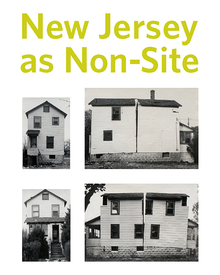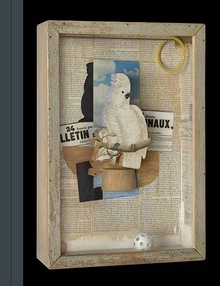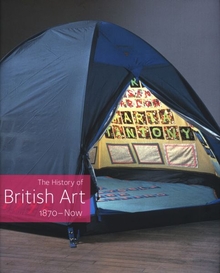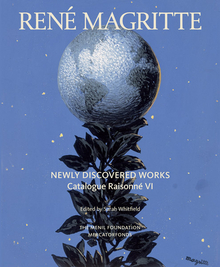Poisoned Abstraction
WARNING
You are viewing an older version of the Yalebooks website. Please visit out new website with more updated information and a better user experience: https://www.yalebooks.com
Kurt Schwitters between Revolution and Exile
Graham Bader

Read this book online via the A&AePortal, our art and architectural history eBook platform. To learn more about how to access this book, please contact us.
A definitive resource, full of fresh insights and new revelations, on one of the most influential interwar artists
This richly illustrated book offers a definitive new assessment of the oeuvre of Kurt Schwitters (1887–1948), a central figure of the interwar European avant-garde. Active as an artist, designer, publisher, performer, critic, poet, and playwright, Schwitters is best known for intimately scaled, materially rich collages and assemblages made from found objects—often refuse—that the artist described as having lost all contact with their role and history in the world at large. But as Graham Bader explores, such simple separation of art from life is precisely what Schwitters's "poisoned abstraction" calls into question.
Considering works reaching from Schwitters’s earliest collage-based pieces of 1918–19, through his 1920s advertising designs, to his seminal environmental installation the Merzbau, Bader carefully unpacks the meaning behind such projects and sheds new light on the tumultuous historical conditions in which they were made. In the process, he reveals a new Schwitters—aesthetically committed and politically astute—for our time. This authoritative account reframes our understanding of Schwitters’s multifaceted artistic practice and explores the complex entwinement of art, politics, and history in the modern period.
Graham Bader is associate professor and chair of art history at Rice University.
Publication Date: November 23, 2021
90 color + 40 b/w illus.

